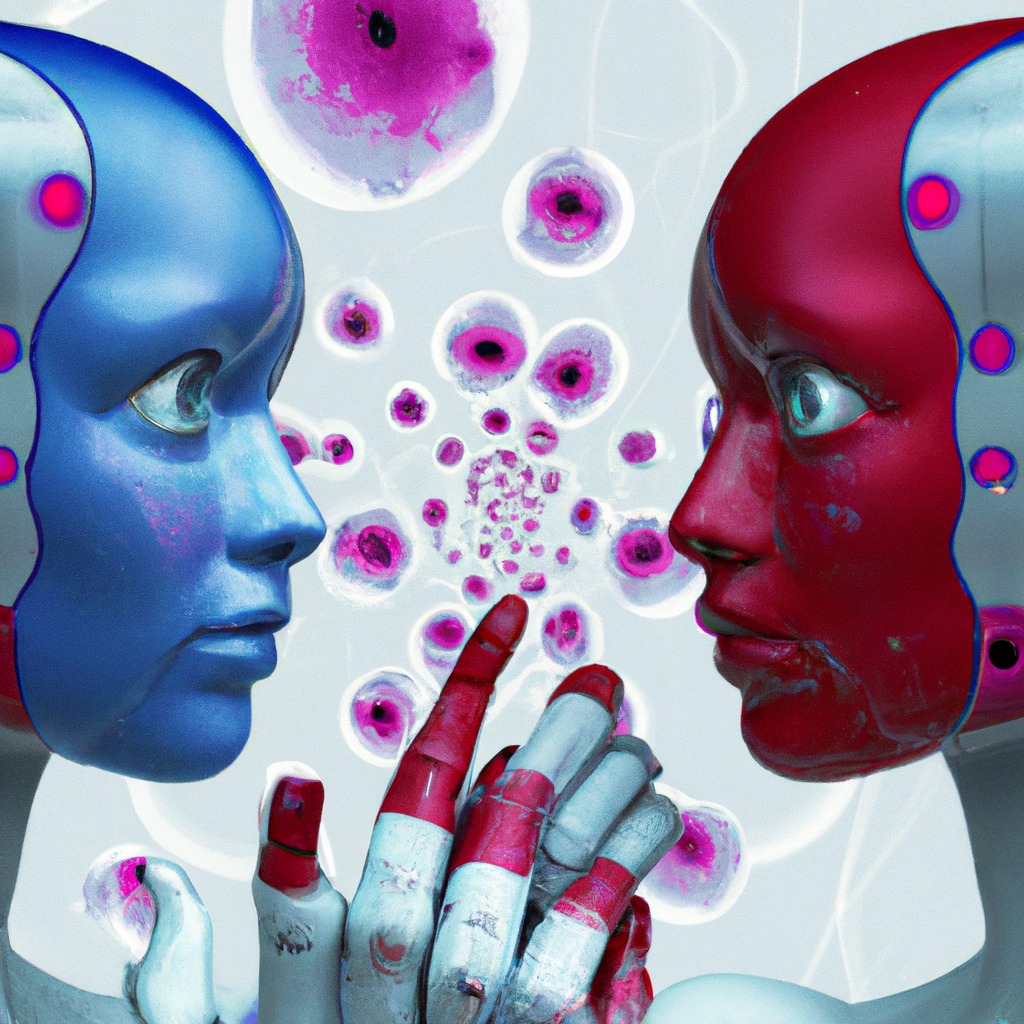JUST IN CASE you hadn’t noticed yet, AI is everywhere. The Generative AI space has been on steroids since OpenAI launched ChatGPT last year in November. All of the tech giants and the newcomers continue to intensely compete and be the first-to-market or the best-to-market to get a chunk of the AI buzz.
In the first part of this article, we discussed generative AI and its history. This focuses on more recent major developments within the space and what to expect in the near future.
GPT-4 is here
Just when the majority of us were starting to incorporate ChatGPT in our daily businesses, OpenAI, the San Francisco-based research company behind it, announced the GPT-4 language model.
The model is the next version of the LLM that powers ChatGPT currently and is said to be more sophisticated than the previous version. It has also been trained on more data and is thus expensive to run. OpenAI says the model is “more creative and collaborative” and is capable of solving difficult problems with much greater accuracy.
GPT-4 responds to not just text but images well and can generate, edit and rehearse with users for creative and technical writing needs. It can handle 25,000 words of texts and is thus capable of aiding with anything from content creation to document search/analysis.
OpenAI also claims that GPT-4 performs better than humans on several standardised tests, but has limitations such as “social biases” and adversarial prompts.
The new model is available to paying users of ChatGPT, OpenAI’s monthly subscription and will also be available as part of an API which allows programmers to integrate AI into their apps.
Adobe launches Firefly
San Jose-based tech firm Adobe, most popular for its Photoshop, Lightroom and After Effects applications, also entered the generative AI space by making its model more image and creative-based.
Adobe announced that it is developing Firefly to give all creators superpowers to create at the speed of their imagination. It will essentially allow anyone who makes content to generate high-quality images, vectors, audio and videos as well as employ beautiful text effects, regardless of their experience or skill levels.
Firefly is currently in beta and will eventually be integrated directly into the Creative Cloud, Document Cloud, Experience Cloud and Adobe Express workflows.
Adobe has ensured that content generated through Firefly would be commercially safe to use, bias-free and sourced with all copyrights in place.
Google’s (re)entry
Microsoft’s interest (and investment) in OpenAI’s GPT-4, which is now also powering the tech firm’s Copilot for Office 365, backed tech giant Google up in a corner and forced it to speed up its entry into the generative AI space. And it finally arrived.
Google announced a range of new AI-powered features on its Workspace apps such as Google Docs, Gmail, Sheets etc. But more prominently, Google opened Bard, its answer to Microsoft and OpenAI, for limited preview in the US and the UK.
Similar to ChatGPT, Bard is a conversational chatbot also built on the LLM, in this case it is Google’s LaMDA, and according to Google, Bard has the potential to enhance efficiency, expedite thought processes and stimulate curiosity.
Bard can only do dialogues for now and cannot code like ChatGPT does. Its interface is also somewhat similar to Bing AI, but still has striking differences.
Every day is something new in the AI space. What are some of your favourite AI tools that you’re using lately? Let us know in the comments below!



